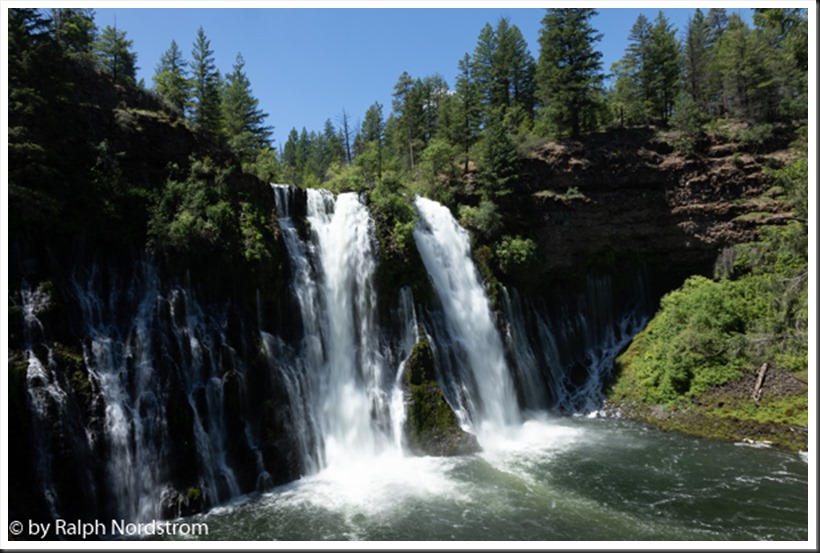“Is this what the camera saw?”
Anonymous
It wasn’t all that long ago that I was showing my work (and hopefully selling a piece or two) at a street fair. Most people that came into my booth were appreciative of what I had created. But one couple walked in, looked critically at my photographs and turned to me and asked, “Is this what the camera saw?”
Digital photography has facilitated an explosion in expressive photographs. But I get ahead of myself.
Back in the mid-19th century when photography was invented it was not within the reach of any but the most committed of practitioners. Making a photograph required the ability to make your own light-sensitive glass plates that were to become your negatives. This required a knowledge of the chemistry that made photography possible and portable darkrooms that could be taken into the field. Next came the exposure and development of the plate, again requiring a knowledge of chemistry. The exposure and development of the print required even more chemistry. It’s no wonder that only a few people went to the effort to learn and master these techniques.
But the photographer was in complete control of the final product, the print. They could make adjustments to the emulsion and exposure of the plate (and eventually black and white film) and its subsequent development, in this way implementing decisions they had made on how best to render the subject. The same is true of the printing process where not only the choice of paper but dodging and burning during the exposure and the use of various development techniques helped to achieve the photographer’s intent.
All this control led to photographs that were not mere objective representations of the subject but went beyond that to reveal the subjective intent and sensibilities of the photographer.
Then, in 1935 Eastman Kodak introduced color film. Processing color film was so complex and with no latitude for deviation that it had to be done in Kodak’s laboratories. Even later developments in color film, both negative and positive, that simplified the process making it available to labs other than Kodak, required such strict control of conditions that deviation to achieve a special effect was virtually impossible. The simplified process made it possible for a few photographers to develop their own film and make their own prints, but the parameters were so stringent that they had little or no control over the final result other than choosing the film that they thought would best render their subject. But the typical photographer, no matter how committed, had to rely on labs to do the development and printing.
Then came the digital revolution.
Continue reading “Do We Still Need to Defend Photography as an Art Medium?”
(74)

